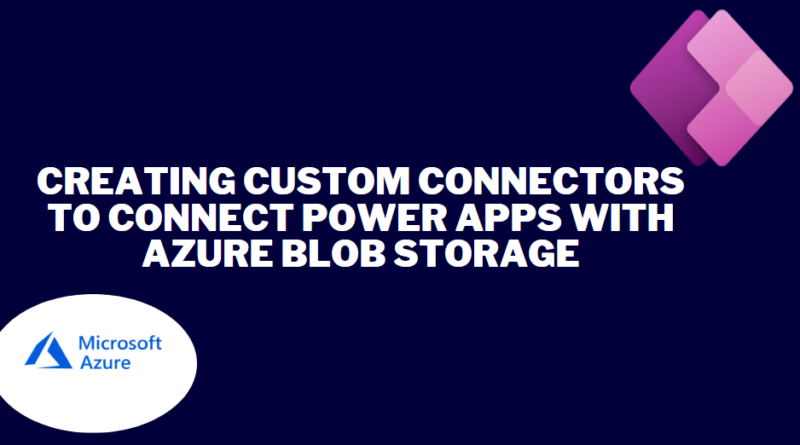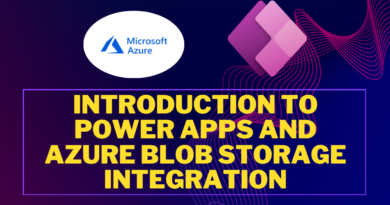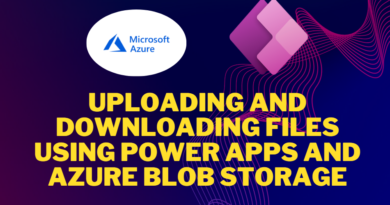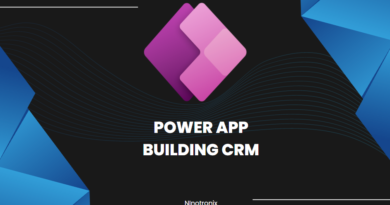Creating custom connectors to connect Power Apps with Azure Blob Storage
Creating custom connectors to connect Power Apps with Azure Blob Storage allows you to extend the capabilities of Power Apps and seamlessly integrate with your Azure Blob Storage account. Here’s a step-by-step guide on how to create custom connectors for this purpose:
Step 1: Set up Azure Blob Storage Before creating the custom connector, make sure you have set up Azure Blob Storage by creating a storage account and container to store your data.
Step 2: Access the Power Apps portal Go to the Power Apps portal (https://make.powerapps.com/) and sign in with your Microsoft account or the appropriate credentials.
Step 3: Navigate to custom connectors In the Power Apps portal, navigate to the “Data” tab and click on “Custom connectors” in the left-hand menu. Then click on the “+ New custom connector” button to start creating a new custom connector.
Step 4: Provide general information Fill in the required details such as the name and description for your custom connector. You can also upload an icon to represent the connector. Click on “Continue” to proceed to the next step.
Step 5: Define the connection In the “Security” section, select the authentication type that suits your needs. For Azure Blob Storage, you can use either OAuth 2.0 or API key authentication. If using OAuth 2.0, you will need to provide the necessary details such as the client ID, tenant ID, and client secret. If using API key authentication, provide the API key obtained from your Azure Blob Storage account.
Step 6: Define the actions and triggers In the “Definition” section, define the actions and triggers you want to expose for your custom connector. For Azure Blob Storage, you may want to include actions such as uploading a file, downloading a file, deleting a file, or listing files. Specify the necessary inputs and outputs for each action.
Step 7: Configure the API endpoints In the “Definition” section, configure the API endpoints for each action. For Azure Blob Storage, you will need to specify the appropriate HTTP methods (GET, POST, DELETE, etc.) and the corresponding URLs that interact with the Azure Blob Storage REST API. Use the appropriate API endpoints for each action you defined.
Step 8: Define request and response parameters For each action, define the request and response parameters. This includes headers, query parameters, and request/response bodies. Map the parameters to the corresponding fields in the Azure Blob Storage REST API.
Step 9: Test the custom connector Once you have defined the actions, triggers, and parameters, click on the “Test” tab to test your custom connector. Provide sample data or use the actual values to test each action. This step ensures that the custom connector is functioning correctly and interacting with Azure Blob Storage as expected.
Step 10: Review and finalize Review all the settings and configurations of your custom connector to ensure everything is accurate. Click on “Create connector” to finalize the creation process.
Step 11: Use the custom connector in Power Apps After creating the custom connector, you can now use it in your Power Apps. Open the Power App where you want to integrate with Azure Blob Storage. Navigate to the “Data” tab, click on “Custom connectors,” and select your newly created custom connector. You can now use the actions and triggers defined in the custom connector to interact with Azure Blob Storage within your Power App.
By following these steps, you can create custom connectors to connect Power Apps with Azure Blob Storage, allowing you to leverage the functionalities of Azure Blob Storage seamlessly within your Power Apps applications.




